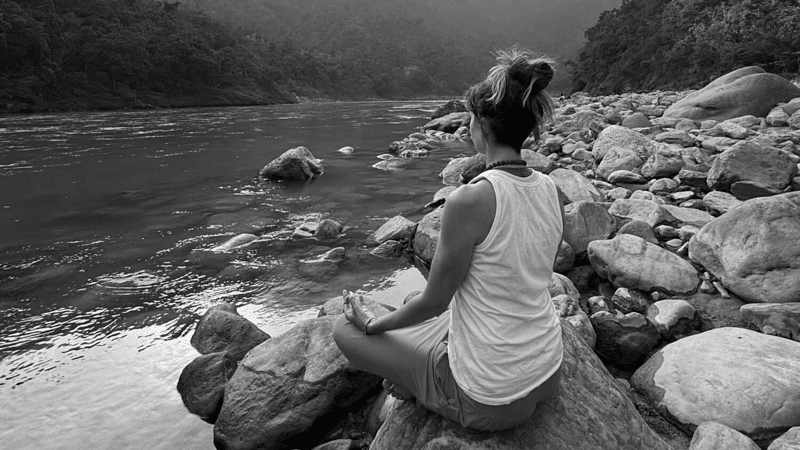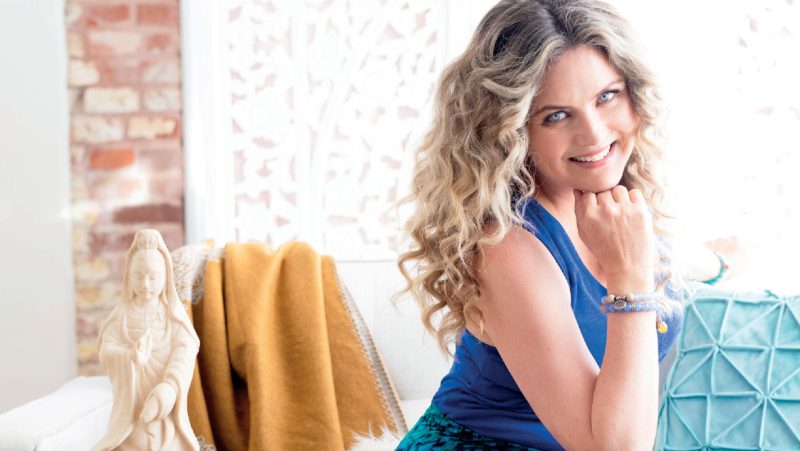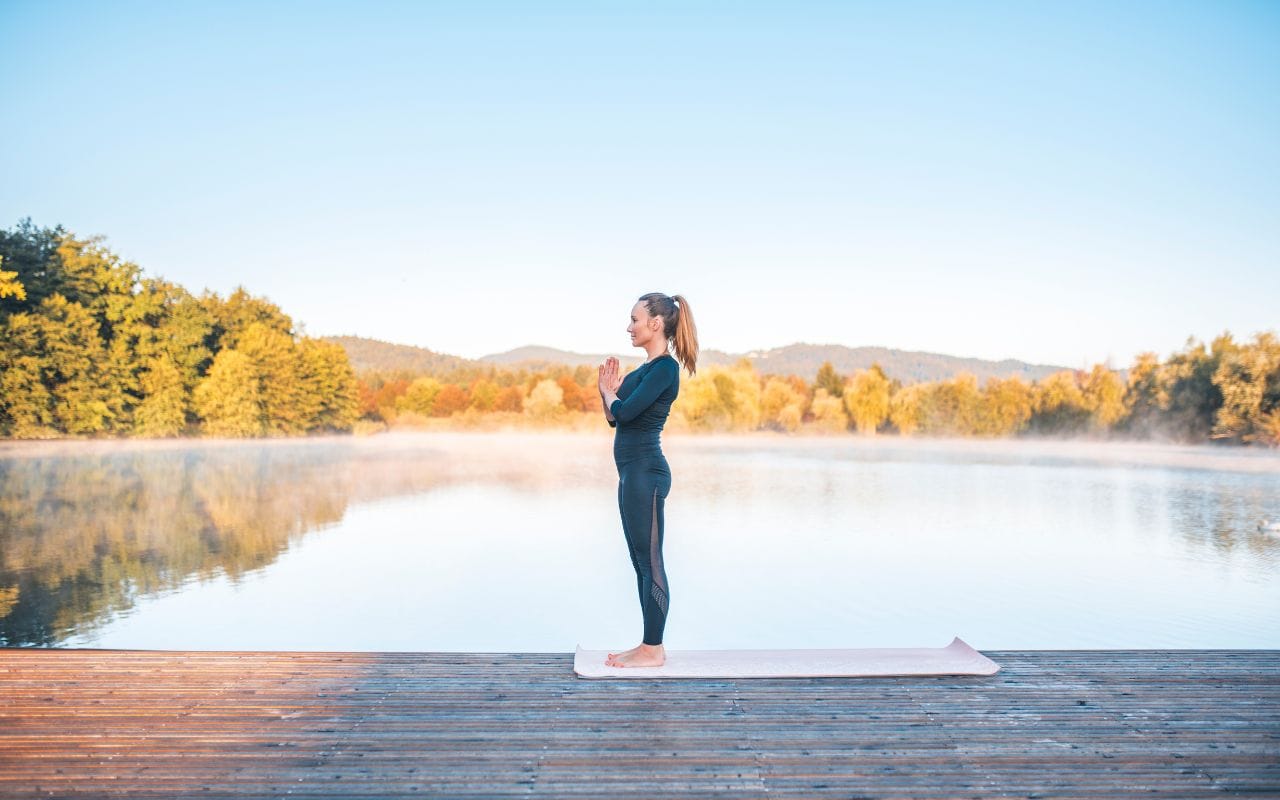
Tadasana for mothers
Joining in with your children as they get bigger and stronger and faster than you. By Maria Oliver
Sometimes I think that one of the main reasons I love yoga is that it allows me to join in with my children. OK, they are normally vanishing over the horizon while I puff along at my own pace, but at least I’m following in the same direction.
My children make me think a lot about how I use my body, firstly because they are the ones who accelerated its ageing, and secondly because they are so active and I want to join in, too.
I want to be able to join in with activities with them as long as I can, and right now I’m in my mid-forties. Ironically, they are the ones who stretched my abdominal and pelvic floor muscles out of shape, made me lose pace while I taught them to walk, limited the time I had to focus on exercise, and drained me of nutrients while I grew and fed them, but they also inspire me to speed up now that they have grown bigger.
I find that my yoga practice helps me to join in with their activities, in particular using the teaching cues for Tadasana, or Mountain Pose. I’m going to use two examples: ice skating and Stand Up Paddle Boarding (SUP).
I should explain that the main thing that drove me to yoga in the first place was poor posture coupled with work-related stress. This was years before I had children. My neck seized up for weeks, I was referred for physiotherapy, and the physiotherapists attempted to show me better posture. I would be moved into position and stand there rigidly. ‘Breathe,’ they said. I breathed and my posture collapsed again. Physiotherapy is amazing, but to be truly cured you need to make changes to the way you move your body. Once my neck was mobile again, I began a regular yoga practice.
Tadasana is named after mountains, but is not rigid. As Patanjali’s Sutra states, ‘Sthira Sukham Asanam’, or poses should be stable but comfortable. Not only did my poor posture require me to really focus on the cues for mountain pose, but two pregnancies added to the problem. When you are in your third trimester, your pelvis tips forwards and it can take a while to regain its position after giving birth. Various muscles need rehabilitation before you can feel like you can stand with stability and ease again.
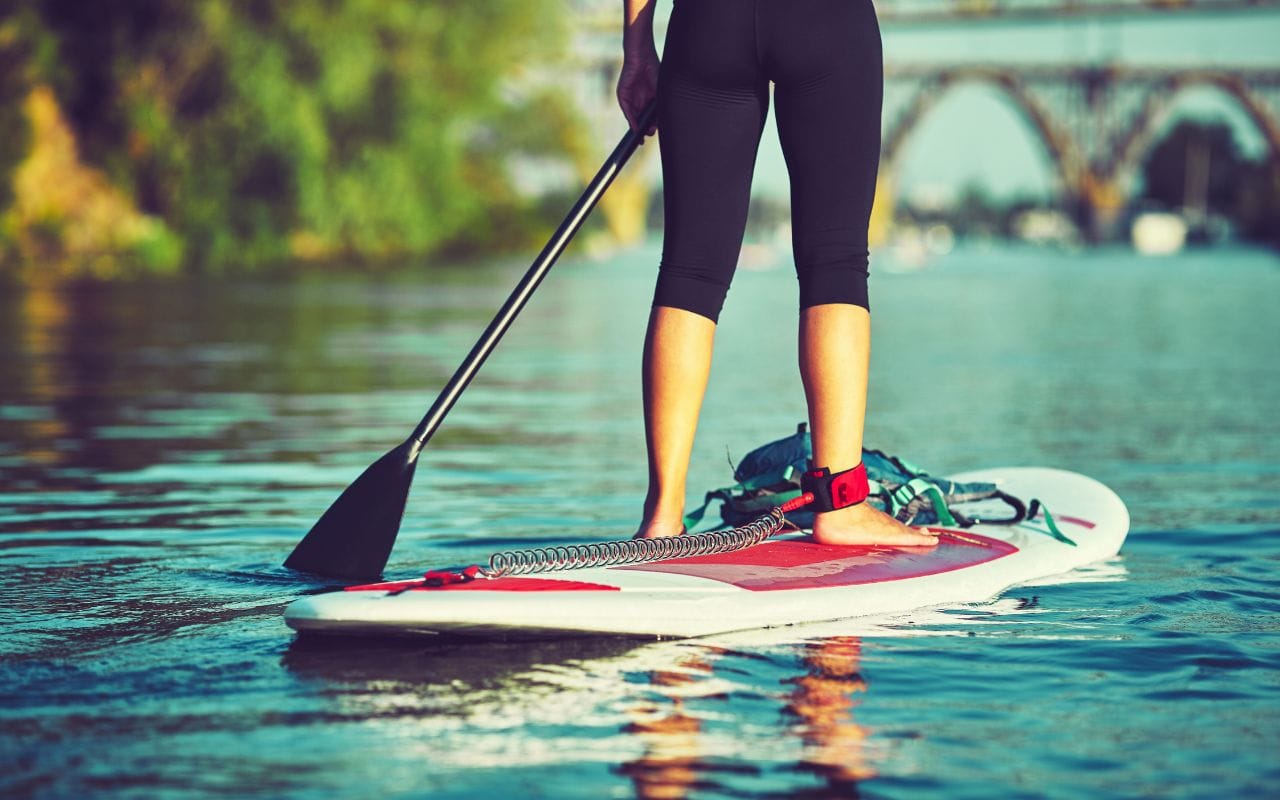
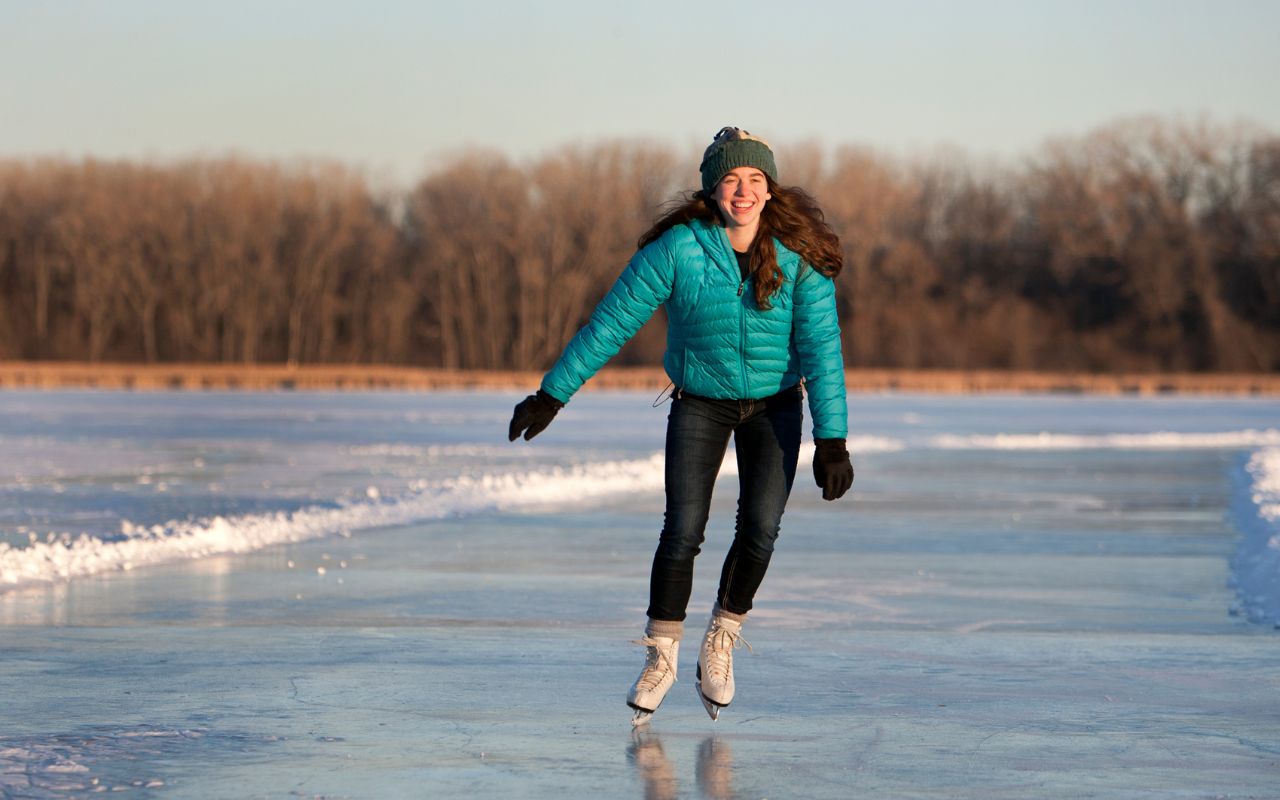
So these are the cues I use when teaching Tadasana. I like to start at the base and work upward. Maybe your teacher uses similar, or maybe they use other cues that help you better. Stand with your feet hip-width apart, with your heels a little wider than your big toes so that your feet look parallel. Your big toe and little toe sides of your feet should take equal weight, and so should your heels and balls of your feet. This affects your entire posture.
Knees should be soft, not locked in place.
Send your tailbone towards the floor. If you put your fingers in the creases at the top of your thighs, the muscles will feel hard if your tailbone is curling underneath you, and soft if you are arching your back too much. Somewhere in between those two extremes, the muscles will feel firm but not solid, and that’s where your pelvis should be. It may feel slightly wrong if you’re used to holding yourself differently! Once your pelvis is in position, your vertebrae stack up one on top of the other and you don’t have to work so hard to hold yourself upright.
Now let your ribs drop. We often stick our chests out when we’re told to stand up straight, but actually dropping your lower ribs means there is a connection between them and your pelvis. When you breathe out, you should feel your abdominal muscles drawing back, and maybe your pelvic floor lifting up a little too. This will help you to feel alert and stable.
Bring your shoulders up to your ears, take a deep breath in, and let them drop as you breathe out.
Now imagine a thread at the crown of your head, drawing it upwards. Be aware of how your skull balances perfectly on top of your spine, with no need for tension in your neck, shoulders or jaw. Feel length from your heels all the way up to your crown..
Remember that we are not aiming for perfection or uniformity here. We all use our bodies differently and there will be some joints that are tighter than others. Rather than concern yourself over whether you look upright, focus on how you feel. Can you breathe easily? Are you frowning, tensing your jaw, gripping with your shoulders or buttocks? Let go of any tension that isn’t helping you. This is a waste of energy.
These same cues can help you with other activities, where you need to feel stable but also comfortable!
Take ice skating. You are standing on a very slippy surface, on sharp-edged blades, and balance is key. Using Tadasana cues can help your abdominal and pelvic floor muscles to stabilise you, but still give you softness and ease to move and breathe easily. I noticed that my feet rolled in slightly so that my knees were turned in, but everyone else seemed to do the same so I decided that that must be OK. It got me through two hours of ice skating and I only fell over once.
With stand-up paddle boarding (SUP) – I finally managed to stand up last summer! It was not graceful or dignified. My brother-in-law, a qualified instructor, told me to stop thinking like a yoga teacher and just stand up, but I couldn’t find another way to approach it. So I went from sitting to kneeling, to downward-facing dog, to attempting to walk my hands backwards until my hips were over my heels. Once my feet felt grounded, I could stand up straight. Tadasana cues can help you stay stable, but also soft and at ease so that your body can adjust to the constant movement of the board beneath your feet as the water ripples. I paddled around a bay for ages. SUP Yoga is on my list, but one thing at a time, eh?
As for my children, well, sometimes they have to learn to slow down, and yoga helps them with that, too!




